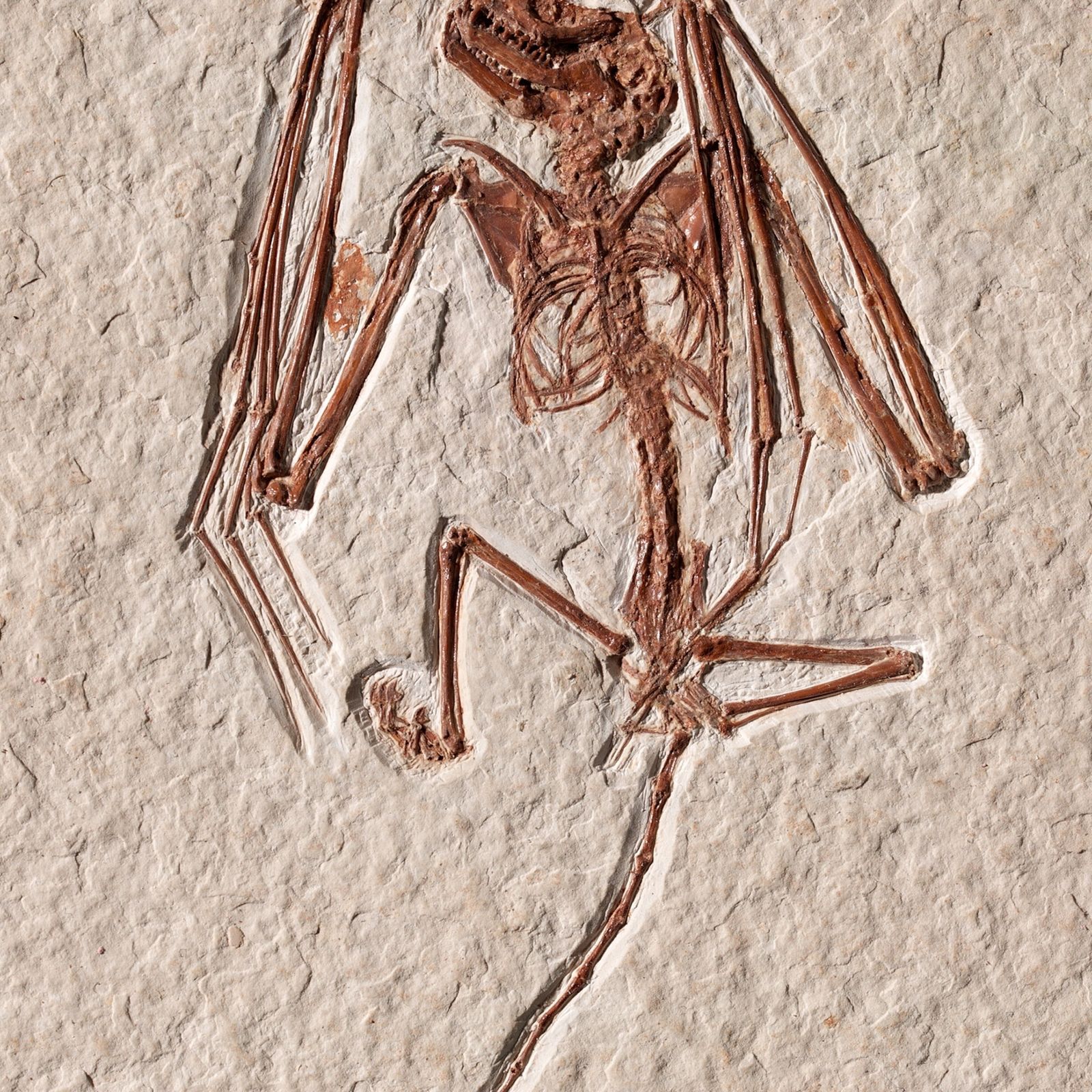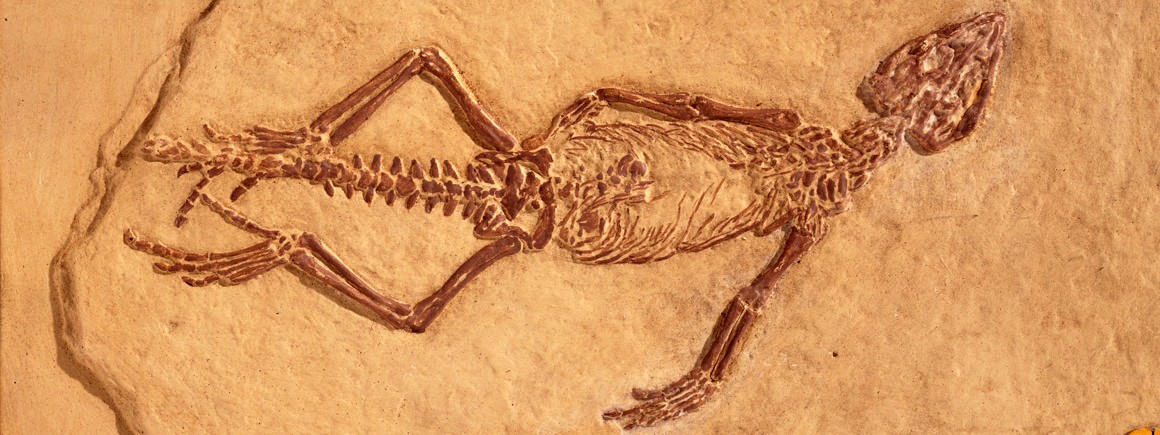"But there's an even bigger driving force.
James says restoring a mammoth ecosystem can preserve permafrost, or ground that remains frozen, and slow the release of greenhouse gases."
I'm confused, how exactly would wooly mammoths help preserve permafrost?


